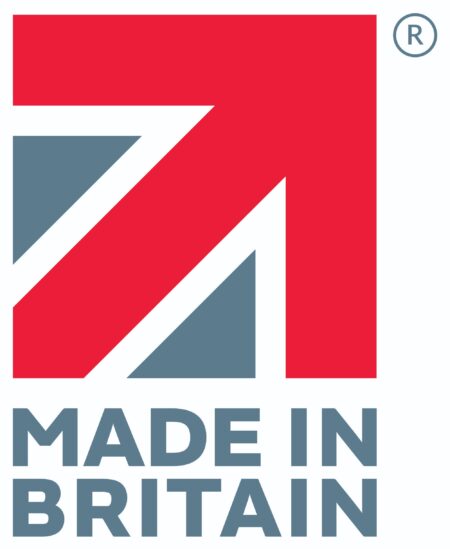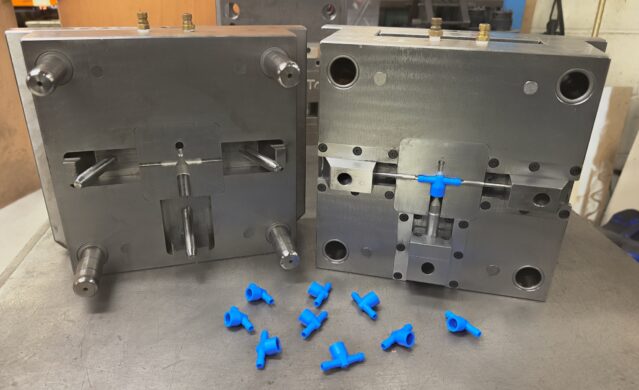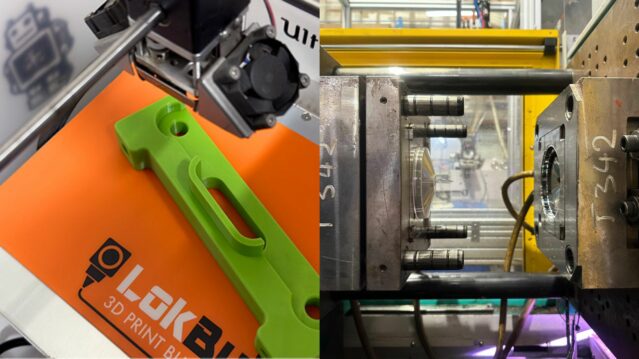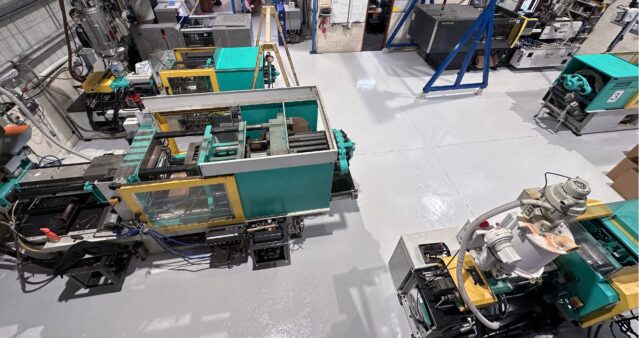21/02/2025
What Is the Cost of Plastic Injection Moulding?
Curious about the ins and outs of plastic injection moulding costs? It’s not always a straightforward answer, as there are many factors that affect manufacturing costs, and these can change over time. At Bowles and Walker, we avoid giving a one-size-fits-all price, because our specialism lies in crafting customised solutions for you and your business.
We consider how intricate your product is, the type of material you’re looking for, the production quantity, and how easy or difficult it is to estimate a price for you. In this post, we’ve outlined what could influence the cost of production for you and what decisions you can make to cut costs in the long run.
Toolmaking
If you’re starting your manufacturing process completely from scratch, one of the first steps in your journey will be to get a mould tool produced. This tool sets the foundation for your manufacturing process, as the quality of your mould will have a direct impact on the quality of your finished product.
If required, Bowles and Walker can produce mould tools in-house. We’ll collaborate with you and advise on making a durable, reliable tool that can produce quality plastic parts. Prototyping with your new mould is also essential for identifying any flaws in your parts before bringing them into mainstream production.
It’s a wise decision to invest in designing and producing your own mould tool, as it will provide you with high-quality parts and greater control over your production process.
With a tool that is built specifically for your product, it will be highly accurate and precise. It may come with an initial upfront cost but will make the price of production significantly lower, helping your manufacturing process remain cost-effective. The tool can also be adjusted or modified to suit reasonable product design changes that you may need in the future, and if you decide to change manufacturer, you have a tool to bring with you so that your transition across suppliers is seamless.
Factors That Affect the Mould Tool Cost
As we’ve mentioned, it can sometimes be hard to gauge a price for mould tooling until your manufacturer knows the scope of your project.
It needs to be designed and built in a suitable material, such as steel. Depending on the complexity of your product, it may also undergo processes such as milling, grinding, hardening, spark eroding or wire-eroding to achieve the finish you desire.
The three main factors that influence cost are production quantity, the product’s shape, and the product’s size. Let’s talk about them in more detail.
Product quantity
Whether it's a small batch of a few hundred or a large-scale production of thousands, the cost for tooling can vary greatly. For small quantity production, a single impression tool is usually optimal. This is the easiest style of tooling to create and production time is normally not too long.
For larger quantities, it is more cost-effective to have tooling with dual or multiple impressions. This allows more production in a shorter space of time. However, this can increase costs as more impressions and cavities require more material and time to create the tool.
Product shape
If the shape of your product is quite intricate, specialised tooling may be required which could add to the overall cost. Things like sliding cores, complicated shut-offs or undercuts may be necessary for complex designs. On the flip side, if your product has a simpler design, you might be able to skip these extra costs altogether!
Product size
Simply put, the bigger the product, the more steel is needed to produce a mould tool and the higher the cost. Larger items might also need more durable metal to ensure longevity and in the long run will also need more plastic material for production.
Part production
Once you’ve had your mould tool produced, or if you already own one, it’s time to think about the costs of part production.
This is likely to be influenced by the quantity of parts you need and the tool parameters.
How much does it cost to produce a part?
The cost of each plastic part will be impacted by production quantity, part size and material, and the cycle time on the moulding machine. Quality checks and secondary operations after moulding also need to be considered.
Quantity
In plastic injection moulding, the quantity of parts required has a direct impact on the overall cost-effectiveness of your production. Generally, production volumes lead to lower costs per unit.
This is because high-volume production is often more automated, reducing labour costs and increasing cycle time efficiency. Buying raw plastic materials in bulk also leads to cost savings.
See below a visual of the direct link between the quantity of units produced and the cost per unit.
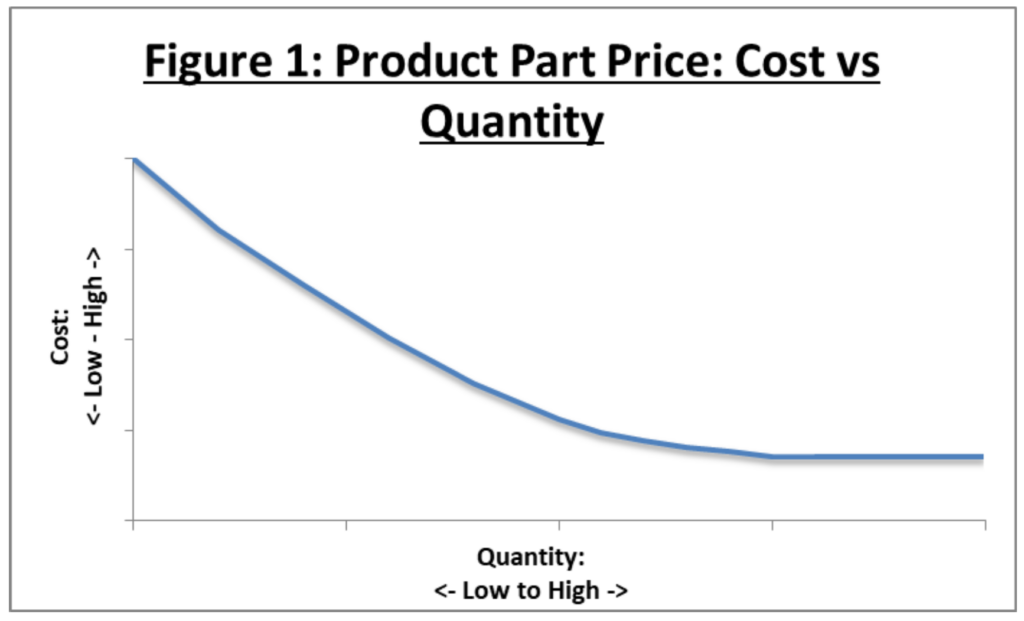
Summary: The higher the quantity of parts produced, the lower the cost per unit.
Material
It is typically a lot cheaper to use standard materials or additives that the moulder already carries compared to a material that has to be sourced out-of-house. This is the same for the material that colours the plastic, known as ‘master batch’. If the masterbatch is a standard off-the-shelf colour, it will most likely be cheaper than a bespoke shade that needs to be specially ordered.
Summary: Consider ‘off-the-shelf’/standard materials and plastic dyes to keep costs down.
Product Size
When a product is on the larger side, the tooling will also be quite large, which calls for a larger mould machine to handle it. This can increase the cost compared to a small single impression tool, as it leads to higher operating costs and occasionally longer drying times for each part.
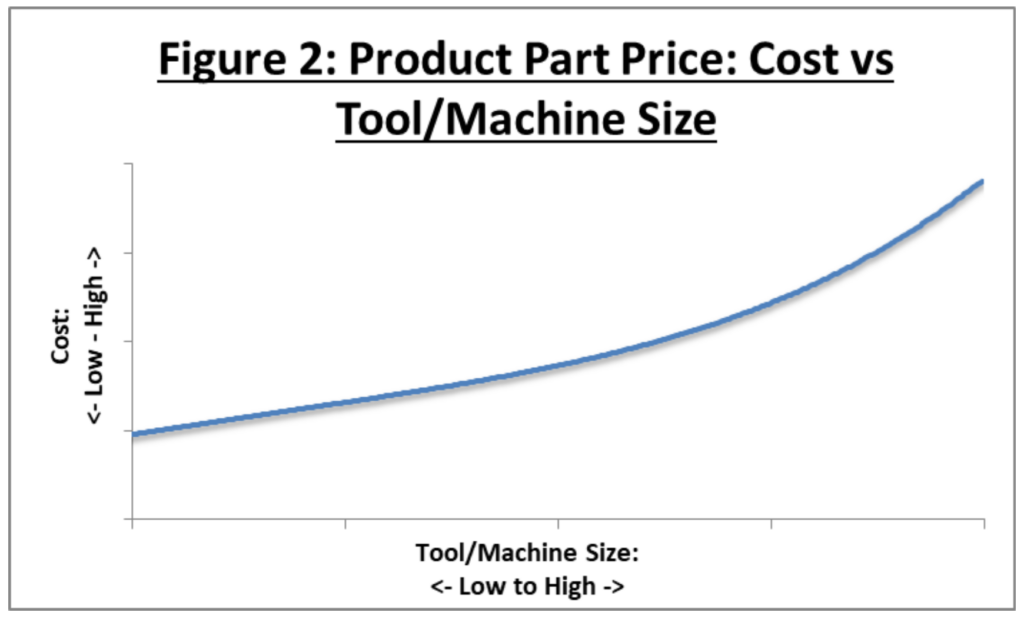
Summary: Expect higher day-to-day production costs for larger units.
Cycle Time
The longer the cycle time, the longer the production run time. This uses more mould machine capacity and can increase the cost.
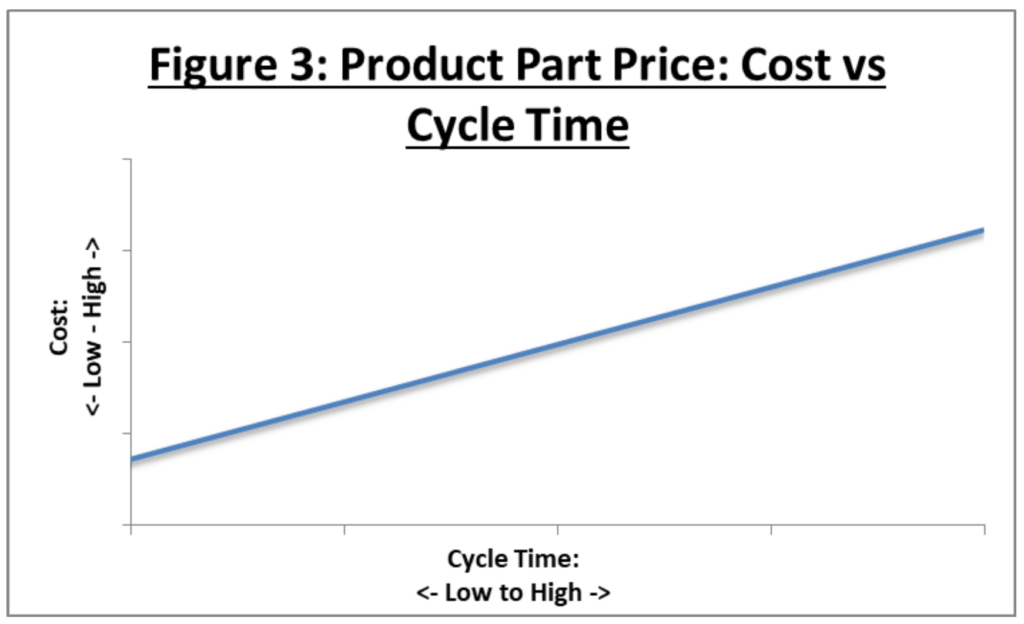
Summary: The more complex the parts, the higher the production costs will be.
Some realistic scenarios
Here are a few example scenarios, looking at actual costs in pounds and pence:
Example 1: Large quantity, simple parts
A customer already has a mould and needs 100,000 pieces of ‘Product W’ - a plastic ring similar to a doughnut.
- Size: 8.5cm outer diameter, 3.7cm inner diameter, 1cm height
- Material: Standard polypropylene (a common plastic)
- Mould Type: A 4-cavity mould (which means it makes 4 pieces at a time)
- Weight: Each piece weighs 12 grams
- Machine Used: 50-tonne injection moulding machine
- Production Speed: Each cycle (the time to make 4 pieces) takes 15 seconds
Estimated cost: £6.70 per 100 pieces
We can see here that making large quantities is cost-effective, as the mould can quickly produce multiple parts at once.
Example 2: Small quantity, simple parts
A customer needs 5,000 pieces of ‘Product X’, but they don’t have a mould yet.
- Shape: A simple plastic box
- Size: 150mm x 210mm x 100mm (fairly large)
- Material: ABS plastic (a strong, durable plastic)
- Weight: 298 grams per piece
- Mould tooling:
- Since the product is large, the mould needs a lot of metal, making it more expensive
- Estimated mould cost: £8,000–£10,000 (one-time investment)
- Production process:
- Made using a 160-tonne injection moulding machine
- Each cycle (time to make one box) takes 50 seconds
Estimated cost per box: £1.73
This example shows that low-quantity production is more expensive per unit because the mould cost is high, and fewer parts are made to spread that cost over.
Example 3: Small quantity, complex moulding
A customer needs 1,000 pieces of ‘Product Y’ and already has a mould.
- Material: Nylon 6 (a strong, durable plastic)
- Weight: 89 grams per piece
- Mould type: Single-cavity mould (makes one piece at a time)
- Production process:
- Requires insert loading (a manual step before moulding)
- Uses a 100-tonne injection moulding machine
- Each cycle (time to make one part) takes 75 seconds
- Extra step: After moulding, a second operation is needed to remove the insert
Estimated cost per part: £2.04
This example shows that complex moulding with manual steps increases production time and cost, especially for low quantities.
Example 4: High quantity, complex moulding
A customer needs 75,000 pieces of ‘Product Z’ but doesn’t have a mould yet.
- Shape: A 70mm long, 10mm wide plastic cylinder with detailed external features and an internal shoulder
- Material: ABS plastic (standard purple colour).
- Weight: 5 grams per piece
- Mould tooling:
- Needs slides and a stripper plate for proper ejection
- Uses a 4-cavity mould (makes 4 pieces at a time for efficiency)
- Estimated mould cost: £12,500 (one-time investment)
- Production process:
- Runs on a 50-tonne injection moulding machine
- Each cycle (time to make 4 parts) takes 40 seconds
Estimated cost per 100 parts: £11.50
This example shows that complex moulds increase tooling costs, but high quantities make production more cost-effective per part.
How we can help
The general rule of thumb for keeping manufacturing costs low is to keep the product design as simple as possible, order high volumes, and keep things like colouring and additives standard rather than bespoke.
At Bowles & Walker, we provide support from design through to production, building great working relationships with our customers. When you request a quote from us, we take time to carefully calculate it to ensure it's as precise as can be. We’re always happy to make recommendations on how you can make your production process more cost-effective.
For more information about our services, please call us on 01953 885294 or email info@bowles-walker.com. We would be happy to work with you on your journey to create products, reduce costs and support UK manufacturers.

